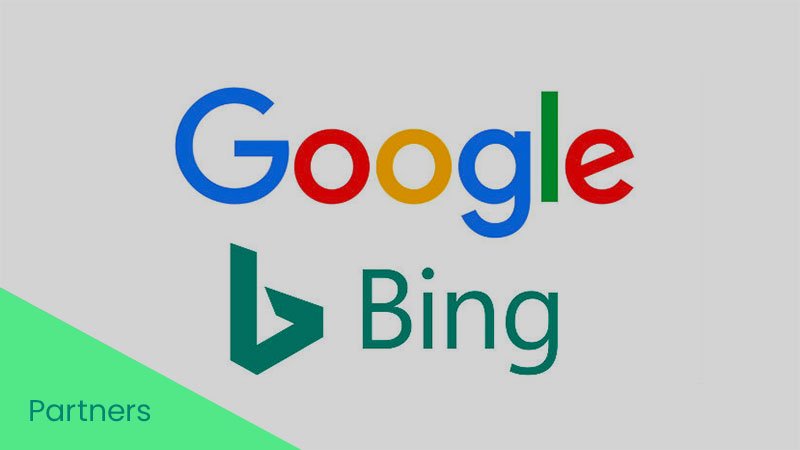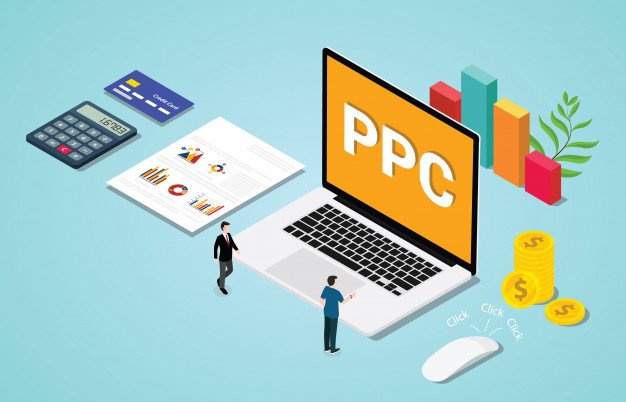- Home
- Google Ads
Who needs PPC Lead Generation?
If you deal with online lead generation you are in constant need of attracting customers. Pay-per- click advertising (PPC) with Google Ads helps you get more leads to boost your business. Here is a look at the Google ads services we provide to increase your performance metric.
Google Ads metrics

Increase Impressions

Click-Through Rate (CTR)

Cost per Click (CPC) and Cost per Acquisition (CPA)
What ensures success in Google Ads?
Quality score and AdRank- The ad placement and quality score are the two factors that determine the success of your AdRank. What matters is the relevance of your keyword, pay-per-click advertising if your ad copy delivers the right message to catch the attention of readers and the user experience.
Location- The Google Ad or pay-per-click advertising will target a geographical area that is displayed in the Ad. The location of the ad will be determined by the physical location of your business which is related to shipping in the case of eCommerce. If the service or product covered encompasses all geographical boundaries the reach is widest.
Keyword research-
The searcher’s intent needs to match with the keyword. Google matches the search queries with the selected keywords. Google performs a broad match, modifies the broad match, and also
performs a phrase match with the additional inclusive words. An exact match with the keyword written in the exact order will translate to the desired conversion.
Headlines and Descriptions- Making a persuasive ad copy can result in greater clicks. If the ad copy and the searcher intent are matched then the pain points of the customer are met with the right solution.
Ad extension- Running Google Ads must be extended as they are free and will help you collaborate with customers for a longer time.
Retargeting Google Ads- The users who had interacted with you previously and had converted can be retargeted to your ads. Remarketing is the most effective way to retain and consolidate your relationship with customers.

Why should you choose Google Ads?
- Google ads help your ads to reach the right audience directly.
- Keeps the pay per click advertising cost in check
- You can evaluate the success of your ads with valuable data.
- You can manage and monitor your account better.
Why should you choose Google Ads?
Get in touch
PPC OUTSOURCING
Frequently Asked Questions (FAQ)
Before understanding lead generation, we must know what leads are. What qualifies a lead the types of leads. A business, organization, or person that shows some interest in the company’s product or service and opens communication through an offer, trial, or subscription instead of a cold call can be called a lead. Leads differ from one another and the success of the lead depends on its stage.
When prospective buyers are attracted to your business, you understand their interest and nurture them leading them to the conversion goal through process-oriented stages; you make the lead
generation work. What are the different lead types?
Marketing Qualified Lead (MQL)
Contacts that have seen and exchanged engagement with your marketing team by filling up forms for a particular service can be termed under this category.
Sales Qualified Lead (SQL)
When we refer to qualified leads, it shows that you are referring to those that have taken some action in becoming a paid customer, a person that has not just filled the form but sends questions showing interest in the product.
Product Qualified Lead (PQL)
Taking interest in the product companies offer product trials or a free limited product trial version with an up-gradation allowing the sales team to engage with the customer and provide a paid version of the product when the limited period is over.
Service Qualified Lead
Those customers have shown indications to the service team that they wish to become paid customers. These customers are also upgraded to product subscriptions by the sales team.
Generating leads is vital for any business; thinking of more unique ways to generate leads is the best way to attract the attention of your customers.
Content is the most effective way to urge users to the landing page. Providing the most useful information to users that are matched with a CTA, at the bottom of the post you are creating a greater probability for your content to get clicked.
Email is the next most effective instrument to reach your customers who know your brand, the product, and the service. Ensure that the email has a CTA and that does not get lost in the clutter of content.
Ads and Retargeting are effective way of lead generation that prompts people to take action. Money is spent on the ads and therefore conversion is the only outcome that one would expect. You want the visitors to take action and make that intent clear.
Blogs are promotional efforts tailored to accomplish the end goals. A blog post defines your marketing metrics in detail and is also accompanied by a CTA message that ensures the visitor visits the website.
Social media is that trusted and visited platform that drives you to take action through Instagram and Facebook stories with bio links to britly URLs on Twitter. A call to action is the best way you can drive customers home.
Product Trials is an effective way and has seen great results in lead generation. Enticing the customer to a trial version of the same will eventually encourage them to buy. Sellers often include their branding in the free version making customers recognize the brand and finally choose the brand when they are gratified with the trial version experience.
Referral marketing or word of mouth marketing is a useful lead generator bringing brands to people on the channel where your lead initiatives are taking place. When you are building a landing page that converts you have done most of the job.
Digital marketing is that marketing mode that uses tools and strategies to reach your potential customers. The level of interaction determines your lead score being active on social media with regular engagement strategies. If your social media presence is matched with your target demography then your lead engagement is received with some success. If your customers have used one of your coupons the interest in the product is greater bringing you closer to your lead
and increasing the lead score. The best lead generation strategies include a range of methods and campaigns on the platforms that you have selected for lead generation.
Lead generation through Facebook
Facebook is the ideal lead generation platform. Capturing leads through paid advertising is the most effective lead engagement. Facebook LeadAds that combines a call to action button on the Facebook page allows followers to reach your website easily.
Lead Generation through Twitter
The Twitter Lead Generation card allows leads directly within the leads. Fetching information like email address, Twitter user's name is filled in the card is submitted as a lead.
Lead Generation in LinkedIn
LinkedIn creates lead generation forms (Lead Gen Forms) that are found easily in the profile data and are accompanied by a CTA capturing data on the user.
PPC Lead Generation
Ads on search engine results or PPC, pay-per-click are highly effective as going by Google’s search every day, PPC campaigns are greatly reliant on the user flow and budget, keywords targeted for the audience amongst other factors.
Lead Generation for the B2B segment
Following a particular format for lead generation, this lead-generating mode is used to capture business leads.
Various digital marketing channels which include website, blog, or social media pages instrument a dialogue with potential customers through digital marketing. They respond to the CALL TO ACTION button. This takes them to the landing page machined to capture data from them which is the vital lead information in exchange for an offer (it could be anything related to your product)that you are proposing. You have made the first marketing footprint through the best lead generation technique processed by digital marketing.
Websites are optimized to generate organic traffic with the use of keywords. Identifying the relevant keywords and ensuring that they are included in the anchor text, onpage content and backlinks is a way leads are generated through content marketing. However, search intents vary and can be informational, which is the most fetched. Searchers naturally prefer a quick and
comprehensive response. The next in line is Commercial investigation where customer searches to compare the price. This is the closest to conversion search. Those with commercial intent are waiting to make a purchase and those with navigational intent require guidance on the product. These could include the current buyers along with fresh buyers and a free trial of the product can lead them towards a purchase.
The content intent should be reflected in the content that features in the website and other places that carry the company content. When soft selling products, carry a transactional and commercial tone in the content. If you want people to download the content leads sent to existing magnets and new magnets, ensure that the content is of an informational type. When you are selling to existing customers, complimentary products should be softly sold to create the possibility of conversion. You can include the product in the content as one of the options in your writing, this type of content falls in the commercial investigation category. When the content is reviewed on the landing pages that drive organic traffic to the website, your auditor must search for the intent and ensure that the right search intent is being addressed.
